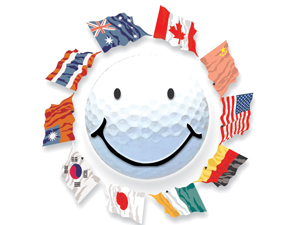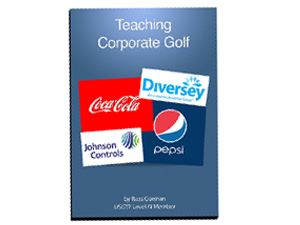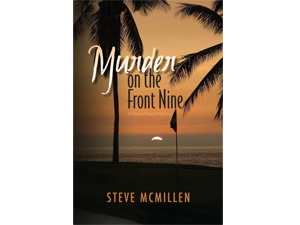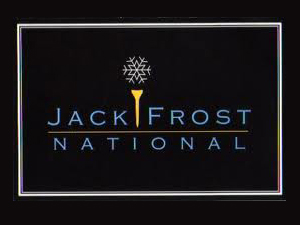Blog
The “Open” Championship Should be re-named
Throughout the years, the qualifying procedure was fairly open. Not too long ago, American professionals (even club and mini-tour pros) were exempted through the first stage of qualifying and they could go directly to the finals. British professionals, rightly, didn’t like this, so this special exemption was changed a number of years ago, and more American professionals had to go through both stages of qualifying.
Fast forward to today. Most people consider the US Open and The Open to be the two most democratic tournaments in the world. This designation does apply for the US Open, but to say that The Open is democratic is, frankly, not correct. Get ready for this: Did you know that there are just 12…let me repeat, just 12…spots open to all comers? Out of the 156 spots in the field, 144 are pre-reserved for touring professionals or a few amateurs who won highly-prestigious titles.
How can you call a tournament that has only 12 spots open to all comers the most democratic? That’s absurd. There’s better access to a run-of-the-mill Web.com Tour event, which has 14 spots open every week. How did the R&A’s qualifying procedure evolve to the inequality that is has become?
American touring professionals claimed over the years it was too difficult for them to fly over to the UK to do final qualifying, so the R&A relented. They started exempting more PGA Tour professionals directly into the field, but then professionals from other tours stated complaining about bias towards the Americans. Eventually, the R&A kept cutting qualifying spots from all comers to the ridiculously low number that we have today. And, if you look at how touring professionals can qualify, it seems completely convoluted. The R&A designed “mini money lists” for both the PGA and European Tours, mainly in the month of June and July, that players can qualify from. The top golfer in the top five, not already qualified for The Open, of both the Scottish Open and the John Deere Classic get in. There are other, equally inane, ways for pros to qualify.
Silly, isn’t it? The R&A has unfortunately kowtowed to the powers-that-be on the PGA and European Tours at the expense of the very integrity of their “Open” championship. Until they reserve, say, 1/3 of the field (52 participants) to all comers, the R&A frankly has no business calling this “The” Open Championship.
“The Mainly for Touring Professionals and a Few Unworthy Stragglers Open Championship” is a more fitting name for the tournament in its current format. Shame on you, R&A, shame on you.








